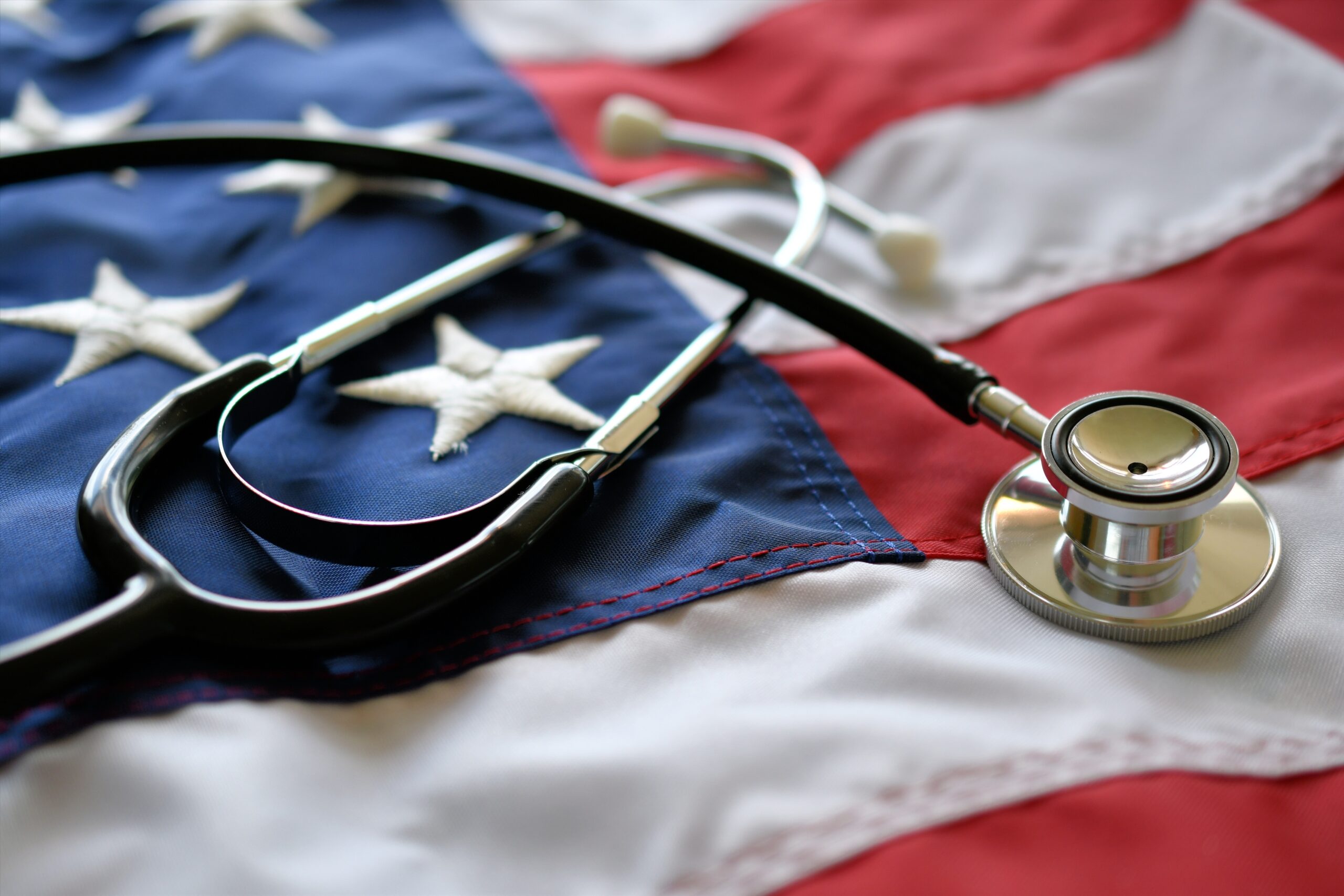What the Trump Administration’s Efforts to Roll Back Federal Regulations Means for Health Programs and Consumer Protections
Amidst a flurry of Executive Orders (EOs) and proclamations, the Trump Administration has also quietlydeclared war on federal regulations, which could hamper the ability of federal agencies—including those that oversee health care programs and consumer protections—to implement, monitor, and enforce federal laws.

Published
Author
Share
Amidst a flurry of Executive Orders (EOs) and proclamations, the Trump Administration has also quietly declared war on federal regulations, which could hamper the ability of federal agencies — including those that oversee health care programs and consumer protections — to implement, monitor, and enforce federal laws.
Regulations interpreting federal statutes are critical for implementation and enforcement of these statutes because they clarify any statutory ambiguities and give regulated entities, such as insurance providers and state Medicaid programs, key details about how to comply with federal law.
Under the federal Administrative Procedures Act (APA), federal agencies must abide by formal rulemaking processes, known as notice and comment, in order to adopt, amend, or repeal binding regulations. However, on April 9, 2025, the Trump Administration issued an EO entitled Directing the Repeal of Unlawful Regulations, which requires agencies to roll back without following the APA’s process for notice and comment existing agency rules that conflict with recent Supreme Court decisions. Read on to learn more about the EO and how it threatens access to healthcare and consumer protections.
Unpacking the Executive Order: Identifying Regulations that Conflict with U.S. Supreme Court decisions
The EO instructs agencies to review all agency regulations, identify any regulations that conflict with a set of 10 recent Supreme Court decisions with administrative law implications, and repeal those regulations. Each of these decisions has been part of a steady erosion of federal agency authority to regulate a wide array of industries, including health care.
It is not immediately clear how agencies will use this list to identify regulations the Trump Administration believes are impacted. Supreme Court decisions are generally written narrowly to address the case at hand, rather than to announce broad new rules. However, Trump Administration officials could try to cite these decisions as justification for repeal of health care regulations adopted under previous administrations on the grounds that the regulations exceeded previous administrations’ authority. Any such attempts would likely result in future litigation.
| Case name | Supreme Court Ruling and Administrative Law Implications |
| Loper Bright Enterprises v. Raimondo, 603 U.S. 369 (2024) | Repealed the longstanding Chevron doctrine, which had given deference to federal agency interpretation of ambiguous statutory provisions that the agency was charged with administering. Instead of deferring to agency expertise, the Court in Loper Bright held that courts must determine the “best” interpretation of a statute when assessing whether agency actions are lawful, not whether the agency’s interpretation of its statutory authority was “reasonable.” |
| West Virginia v. EPA, 597 U.S. 697 (2022) | Formally established the “major questions doctrine” limiting federal agencies from promulgating rules of great “economic or political significance” unless Congress offers clear authorization. |
| SEC v. Jarkesy, 603 U.S. 109 (2024) | Limited the use of administrative law judges (as opposed to federal courts and juries) to resolve disputes that impose civil penalties under statutory schemes built on “common law analogues.” While the decision applied specifically to the SEC’s ability to use administrative proceedings to impose civil monetary penalties, the decision’s reasoning could have wider implications for a range of statutes, including those governing health benefits, that empower federal agencies to impose penalties for statutory violations through administrative proceedings. |
| Michigan v. EPA, 576 U.S. 743 (2015) | Required the EPA to consider the economic costs of hazardous air pollutant regulations prior to deciding whether regulation was appropriate and necessary. The decision also downplayed EPA’s consideration of public health costs in justifying its regulations. |
| Sackett v. EPA, 598 U.S. 651 (2023) | Narrowed the EPA’s regulatory authority over wetlands by adopting a narrowed interpretation of the Clean Water Act, departing from decades of consistent agency practice. |
| Ohio v. EPA, 603 U.S. 279 (2024) | Allowed emergency relief for states challenging an EPA plan to regulate interstate air pollution as arbitrary and capricious. Held EPA to a burdensome procedural standard despite this being an application for emergency relief. |
| Cedar Point Nursery v. Hassid, 594 U.S. 139 (2021) | Interpreted the Takings Clause of the federal Constitution to prohibit a state from requiring agricultural employers to permit union organizers to enter the employers’ property at limited times without just compensation. Expands the power of the Takings Clause as a tool to protect rights to private property at the expense of government efforts to protect other rights, such as the right to organize or to combat discrimination. |
| Students for Fair Admissions v. Harvard, 600 U.S. 181 (2023) | Severely limited the use of race-conscious university admissions systems. |
| Carson v. Makin, 596 U.S. 767 (2022) | Prohibited a state from excluding religious schools from a program that offered tuition assistance for students living in areas not served by a public school. |
| Roman Catholic Diocese of Brooklyn v. Cuomo, 592 U.S. 14 (2020) | Limited the ability of states to impose emergency public health restrictions on religious entities, particularly where the restrictions impacted religious entities more severely than other entities and where less restrictive rules could be have been adopted. (Although this was the only case challenging COVID-19 restrictions named in the EO, other COVID-19 litigation also resulted in religious liberty wins. |
Regulation Repeal without Notice-and-Comment
After identification of regulations that violate the Supreme Court decisions listed above, the EO directs agencies to repeal these regulations. Typically, to repeal a regulation, agencies must engage in the same notice-and-comment process needed to promulgate rules. However, the EO relies on the APA’s “good cause” exception to direct agencies to bypass notice-and-comment periods, essentially paving the way for mass deregulation with very limited transparency and oversight.
The good cause exception is meant to apply narrowly, when notice and comment is “impracticable, unnecessary, or contrary to the public interest,” and the agency has explained why. Broad use of the APA good cause exception to allow agencies to unilaterally declare broad swaths of regulations illegal without following notice and comment procedure is sure to garner legal challenges, but those challenges will take time.
Meanwhile, the agency regulations and federal oversight of health programs and activities that consumers depend on could be disrupted.
Implications for Health Regulations
Agency review of regulations that may violate the 10 Supreme Court decisions above could have sweeping implications for health-related regulations, including the following:
- Removal of deference to agency expertise to fill in gaps left in federal statutes could be used to undermine regulations that address novel health care insurance challenges, including those posed by artificial intelligence (AI), new drug development, and health insurance reimbursement complexity. A range of federal health policies, including Medicare and Medicaid coverage decisions, rely heavily on past agency decisions regarding what procedures and forms of care qualify for insurance coverage. Under the EO, HHS may attempt to unilaterally repeal regulations that impose consumer protections on public and private insurance coverage that patients regularly rely on to access care.
- Regulations that impose a substantial economic impact on industries (including insurers, hospitals, and providers) or that implicate hot-button political issues (such as access to abortion or gender affirming care) may be targeted for repeal.
- Because of decisions curtailing public health mandates on religious liberty grounds, public health regulations that do not include broad religious exceptions could be at risk.
- Regulations aimed at improving health equity may be repealed. For example, efforts to improve diversity among the medical provider workforce have already been targeted, and existing programs that target minority health disparities through data collection, funding efforts, and diversified hospital staffing are under threat.
What’s Next?
Efforts to protect public health, improve health equity, and keep health insurance accessible, comprehensible, and affordable are under threat as the Administration pursues aggressive deregulation strategies. There are also likely to be strong legal challenges as the Administration tests the limits of its authority to unilaterally reshape the federal government. Continue to watch this space as CHLPI unpacks these battles and what they mean for health care access and public health.
This article was originally posted by Harvard’s Center for Health Law and Policy Innovation.


